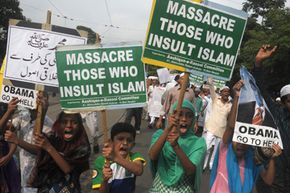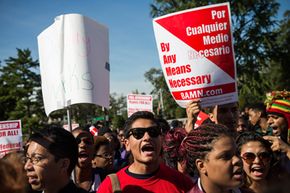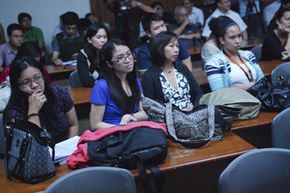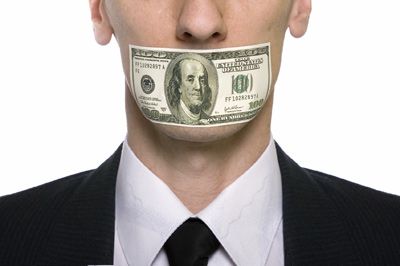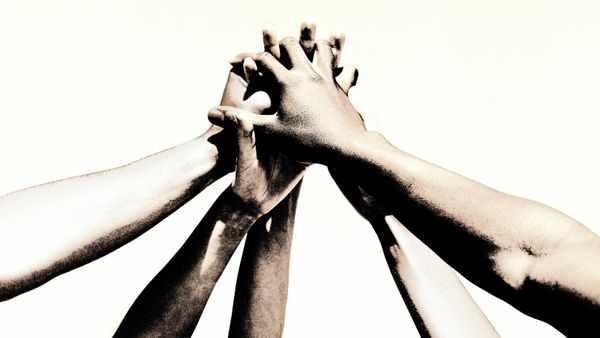In July 2012, an Egyptian-American man uploaded a 14-minute video to YouTube. It was a movie trailer by novice filmmaker Nakoula Basseley Nakoula called "Innocence of Muslims," and portrayed the prophet Muhammad as a fraud, a pedophile and a womanizer [source: Bodenheimer and Botelho]. An Arabic-dubbed version was released a month later, and in a matter of days, protests erupted throughout the Middle East and Africa. Some turned violent, and people died [source: Sengupta].
Far from arresting Nakoula (though he ended up in jail on a separate charge), U.S. police provided protection when he received death threats [source: Re]. It was a matter of law: In America, everyone has a right to speak his or her mind. Even if the message is insulting. Even, in many cases, if violence ensues. It's in the U.S. Constitution's Bill of Rights, Amendment One:
Advertisement
The First Amendment offers no limits to the freedom of speech it guarantees. It's understandable: The constitutional framers had just won independence from British rule, which systematically restricted the flow of information, silenced minority viewpoints and jailed colonists for public expressions of dissent. Free speech, in their view, was the difference between an ignorant, uninvolved electorate and an informed, vigilant one. And the latter, they believed, was essential to a democracy's survival [source: Illinois First Amendment Center].
In practice, the freedom of speech guaranteed in the First Amendment means that, by default, Americans may say whatever they please, and the government can't arrest them for it – at least not based on the content of their words. It also means the government can't enact restrictions on certain content before the fact of it being spoken, aka prior restraint [source: Emerson].
Over the last two centuries, limits on free speech have remained relatively few, but the definition of "speech" has widened considerably. Court rulings have expanded "speech" to include practically any kind of expression or communication witnessed by other people.
Advertisement
